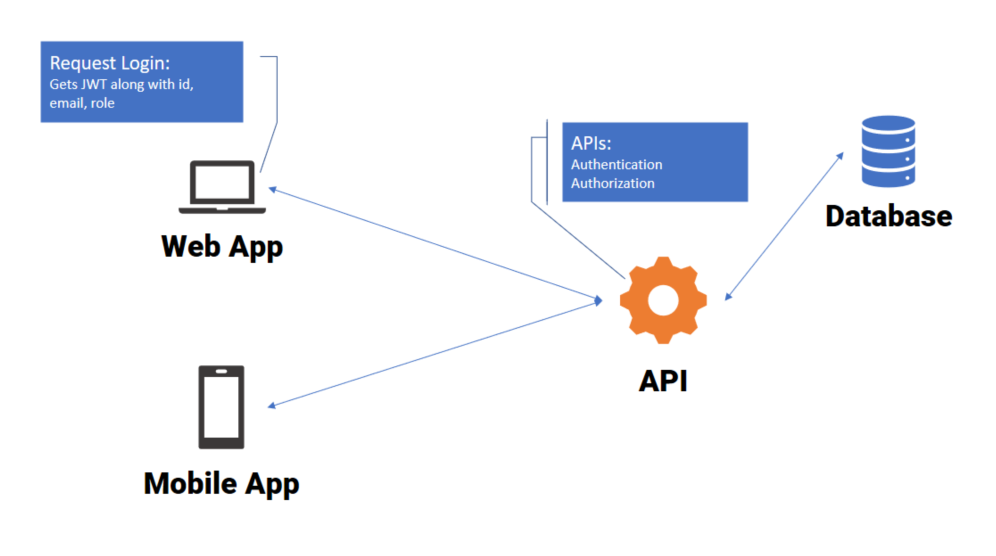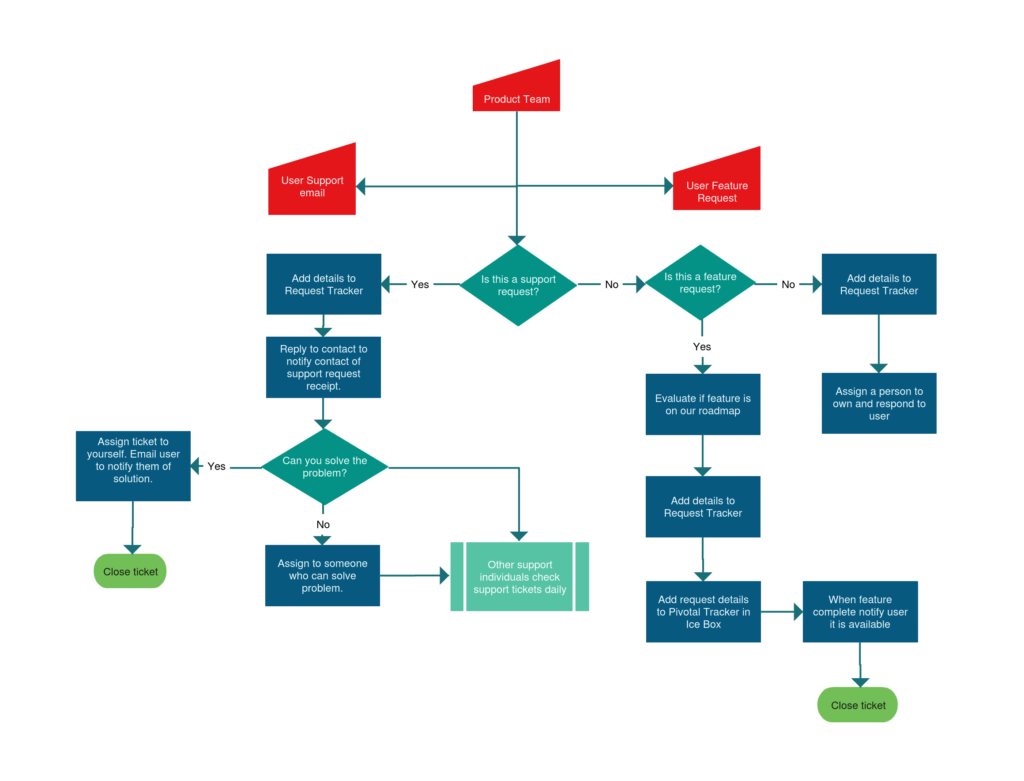Fetching and displaying data from APIs is a common requirement in modern React applications. It enables your app to communicate with external services, dynamically update content, and provide a seamless user experience. In this guide, we’ll explore how to fetch data from APIs in React, handle errors gracefully, and display the data in a user-friendly way.
Why Use APIs in React?
APIs (Application Programming Interfaces) act as the bridge between your React application and the external data it needs. Whether you’re building a weather app, an e-commerce site, or a blog, APIs allow you to pull data in real-time. Understanding how APIs work is foundational, and learning about RESTful API architecture can give you a clear understanding of how to structure data flows.
Setting Up a Basic React App
Before diving into API fetching, ensure you have a basic React app set up. If you’re starting fresh, you can use create-react-app or another setup of your choice.
bash:
npx create-react-app api-fetch-demo
cd api-fetch-demo
npm start
Once your app is up and running, you’re ready to add API-fetching capabilities.
Fetching Data with fetch
The fetch API is a popular and straightforward way to retrieve data from APIs. Here’s an example:
javascript:
import React, { useEffect, useState } from ‘react’;
function App() {
const [data, setData] = useState([]);
useEffect(() => {
fetch(‘https://jsonplaceholder.typicode.com/posts’)
.then((response) => response.json())
.then((data) => setData(data))
.catch((error) => console.error(‘Error fetching data:’, error));
}, []);
return (
API Data
- {item.title}
);
}
export default App;

Error Handling in API Calls
APIs may fail due to various reasons, such as network issues or server errors. Proper error handling is crucial for a robust application. Adding a catch block and using conditional rendering ensures the app handles errors gracefully:
javascript:
const [error, setError] = useState(null);
useEffect(() => {
fetch(‘https://jsonplaceholder.typicode.com/posts’)
.then((response) => {
if (!response.ok) {
throw new Error(‘Network response was not ok’);
}
return response.json();
})
.then((data) => setData(data))
.catch((error) => setError(error.message));
}, []);
return (
{error ? (
Error: {error} ) : (
- {item.title}
)}
);
For a deeper dive into error handling strategies, check out this guide on error handling in backend applications.
Testing Your API Calls
Testing ensures the reliability of your API-fetching logic. Tools like Jest and Mocha are excellent for writing robust test cases. These tools enable you to mock API calls and verify that your application handles responses correctly. Explore this introduction to Jest and Mocha for a comprehensive overview.
Displaying Data in React
Once you’ve successfully fetched your data, the next step is to display it. Using React’s state management, you can map over the data and render it dynamically.

Wrapping It All Together
Fetching data from APIs in React may seem challenging initially, but with practice and the right techniques, it becomes second nature. As Steve Jobs once said:
“Innovation distinguishes between a leader and a follower.”
By mastering API integration, you position yourself as a leader in building dynamic, data-driven applications.
For further reading, make sure to explore resources on RESTful APIs, error handling, and testing with Jest and Mocha.









